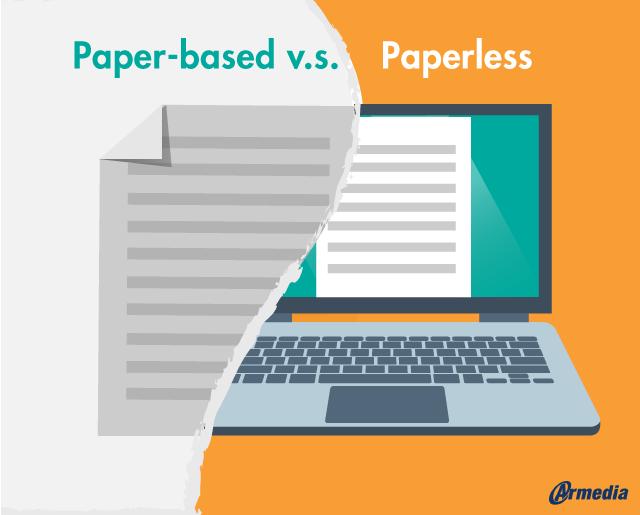ORGANISATIONAL SKILLS - PERSONAL SUCCESS TRAINING PROGRAM - DAY FIVE
ORGANISATIONAL SKILLS - PERSONAL SUCCESS TRAINING PROGRAM - DAY FIVE

UNIT FIVE – PAPER AND PAPERLESS STORAGE
We all have those pieces of paper around us, whether it’s old receipts, invoices, cards or old letters. On the other side of the coin, we are living in a ‘paperless’ age, where everything is done electronically, i.e. utility bills and notifications.
Luckily, we don’t have to choose between one, or the other.
A paper or paperless storage system can work for anyone, as long as they work together to keep things organised.
FIND A SYSTEM THAT WORKS FOR YOU
When decided whether or not to go paperless, we have to decide what would work best in our situation. Many of us function well with physical pieces of paper in sort of filing system.
Others of us work better in the electronic filing system and keep paperless files; whether on a computer, or a portable device.
Paper storage systems, allow you to keep various paper documents in files for easy access and can provide a firm reference if needed to provide a hard copy. However, a paperless system helps you to free up more space while managing to keep your documents for longer periods of time.
So in order to decide what works for you, examine how you store your valuable information.
ASK YOURSELF SOME OF THE FOLLOWING QUESTIONS TO HELP YOU DECIDE WHAT SYSTEM WORKS FOR YOU:
• Where do I keep my information?
• Do I keep physical things, or electronic versions?
• If I store paper, do I have the space?
• If I store paperless, do I have the access?
MAKE IT CONSISTENT
Whichever storage system you choose, or whether you decide to choose both, keep your methods consistent.
If you decide to choose one method over another one, be sure to stick with this method for all of your papers and files. Keep them in one central location so that they are easily accessible.
If you decide to use a combination of these methods, keep your paper files and electronic files consistent, with matching names for paper folders and ones on your computer. If the file names are different and do not share a key name, documents could be lost or placed into the wrong folder or file.
The storage you choose to use should help boost your organisation, not complicate it!
MAKE IT TIME SENSITIVE
Every piece of information in storage is connected to some kind of a time line, such as a printed date, time or schedule.
When we store these items and keep them out of sight, we often forget what they are for and possibly miss important deadlines.
To avoid misplacing or forgetting these time sensitive materials, make your method of organisation time sensitive as well.
Create bins or folders with dates and reminders on them. Make different categories for them; such as personal, bills, work projects or jobs, to help remind you of ‘their shelf life’.
TIPS FOR ORGANISING TIME SENSITIVE INFORMATION
• Mark folders / bins / files with dates and date ranges.
• Highlight or emphasise dates on each material.
• Once something has passed a deadline or due date, re-file it to another folder.
SETTING UP ARCHIVES
Now that you have sorted out all of your files and folders, and decided what you need to keep or throw away; the next step is to set up various archives for your documents that you need to keep for future use, but not necessarily need every day.
Establish a reference system that works for your and can be easily sorted through later when you need to find something
If you are keeping physical files, keep them in a folder or bin that is not in your direct work area. Put it away in the back of a drawer or on a higher shelf than your other work.
If you decide to keep digital files, keep all documents in archived folders and relocate them to another computer if possible.
Do not keep them on your desktop along with things you use every day!
However you decide to store your materials, setting up archives will help you keep track of files you need to hang onto while keeping them out of your everyday work space.
Be the first to post a message!